
Ploumanac‘h lighthouse and rocks
Perros-Guirec
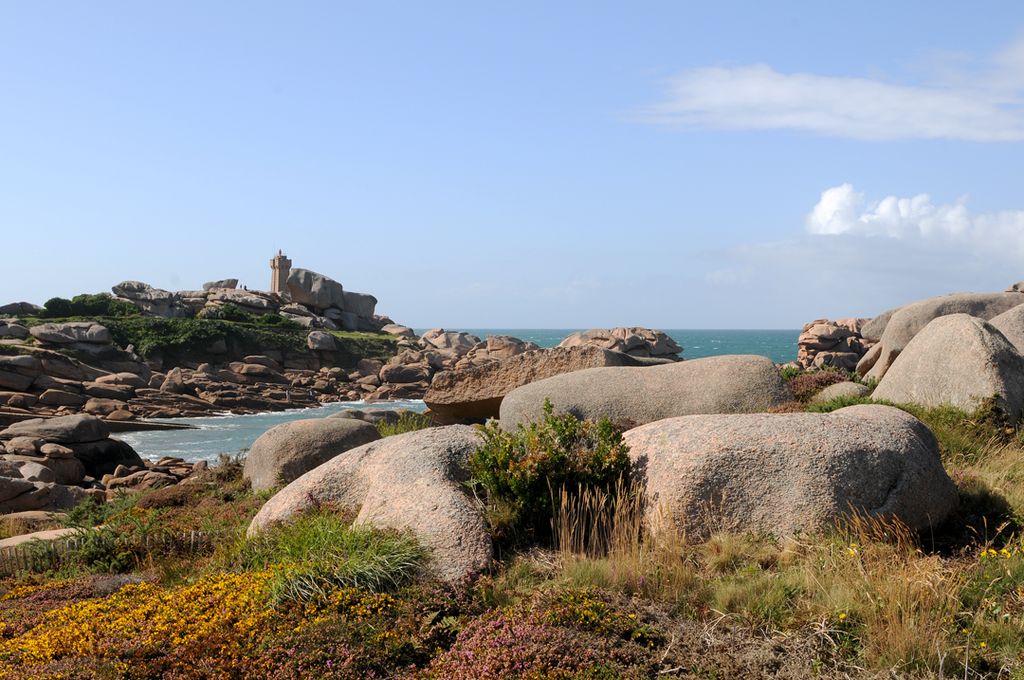
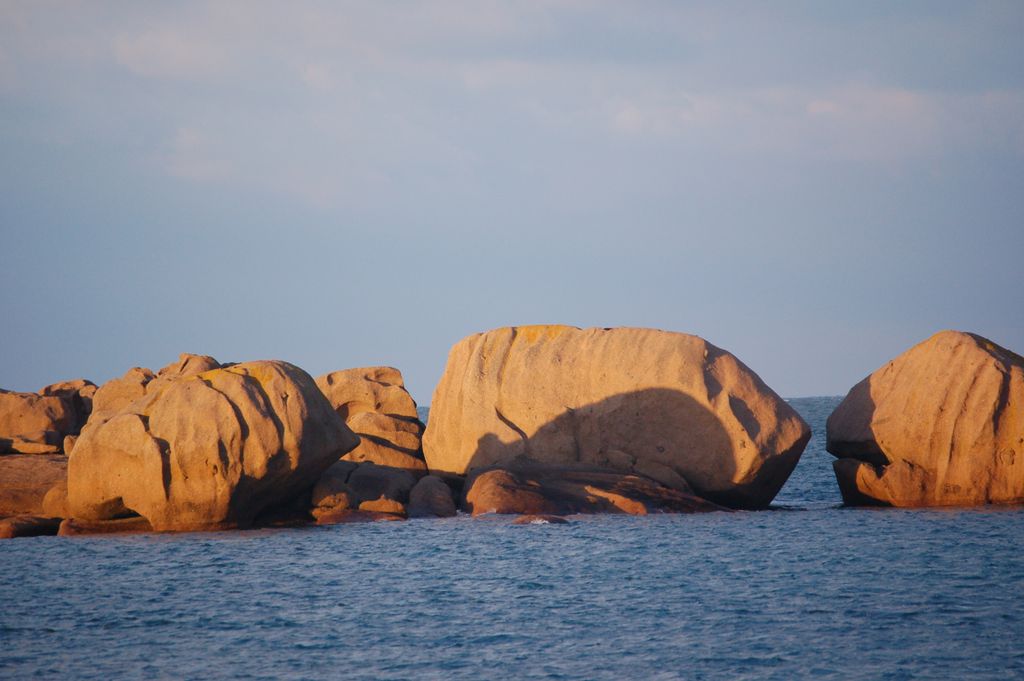
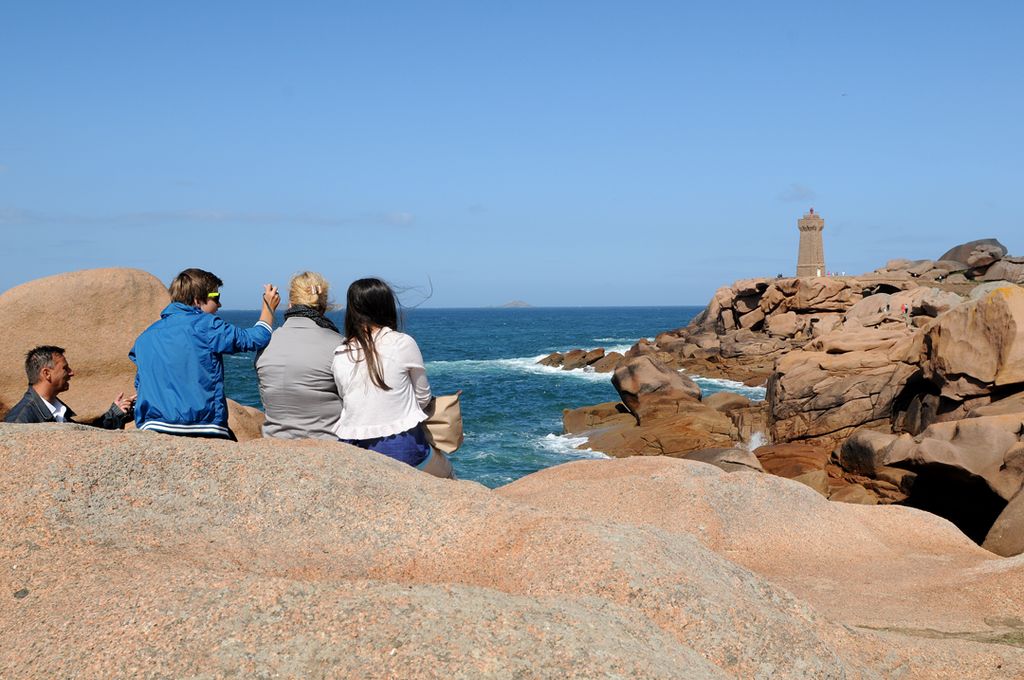

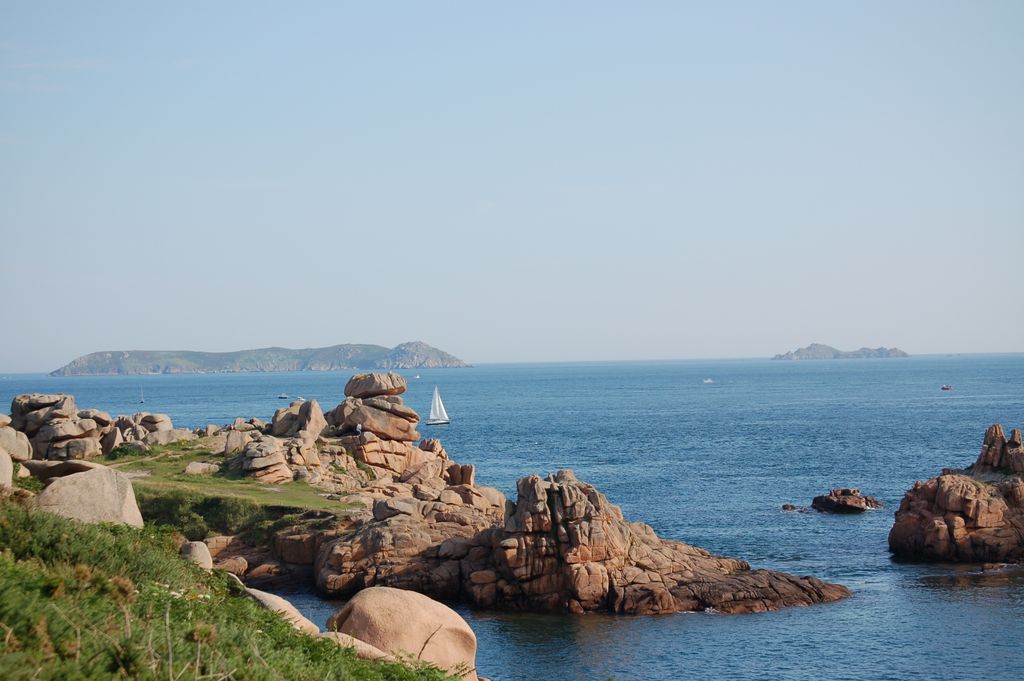
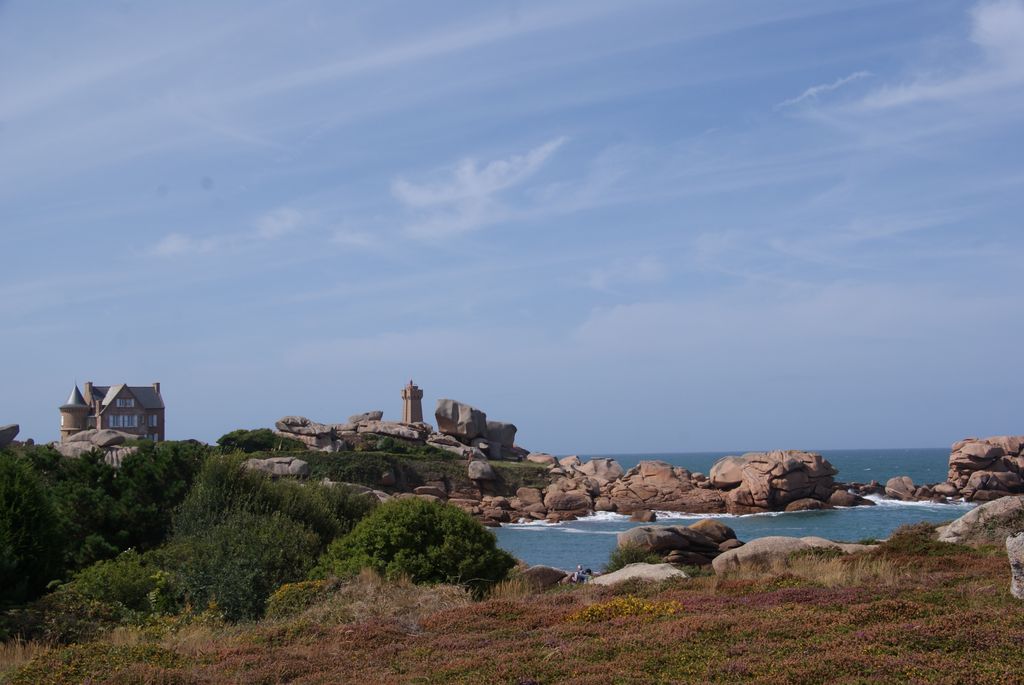
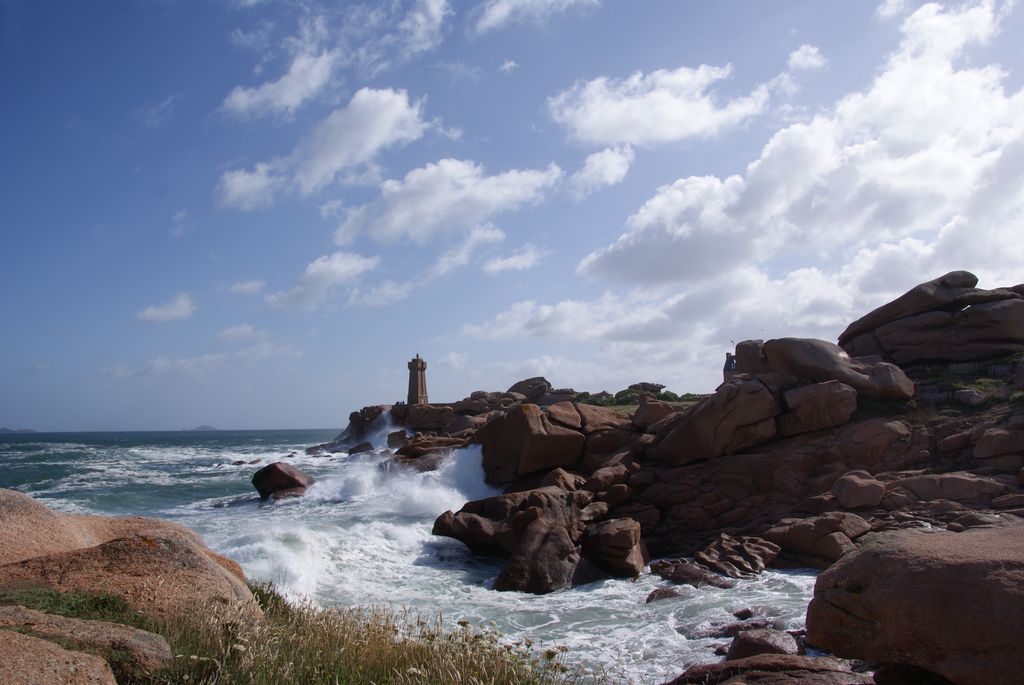

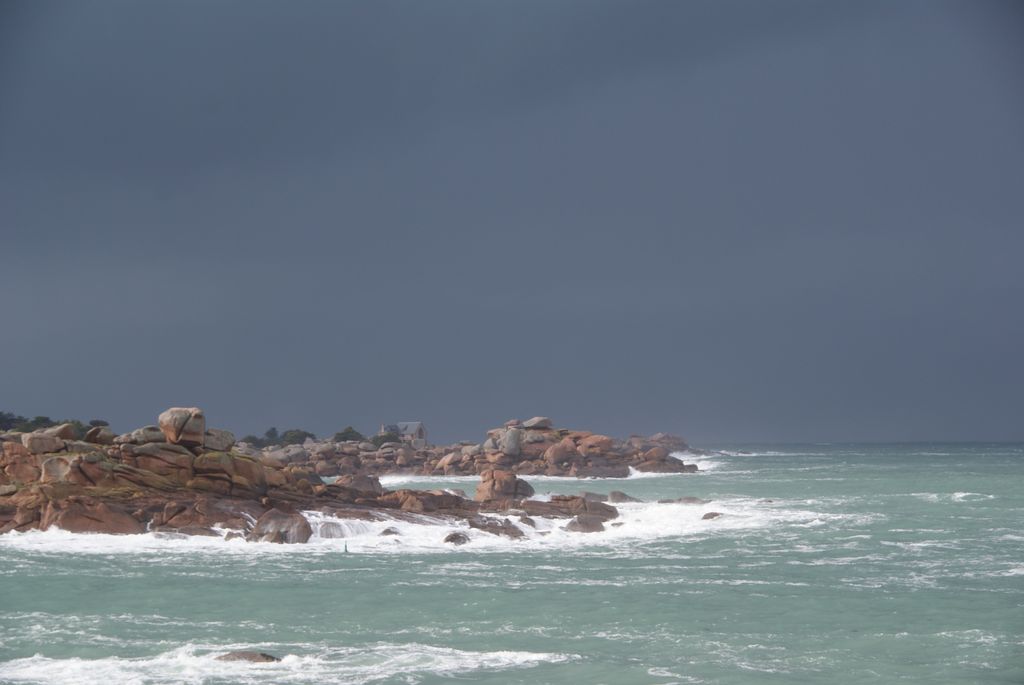
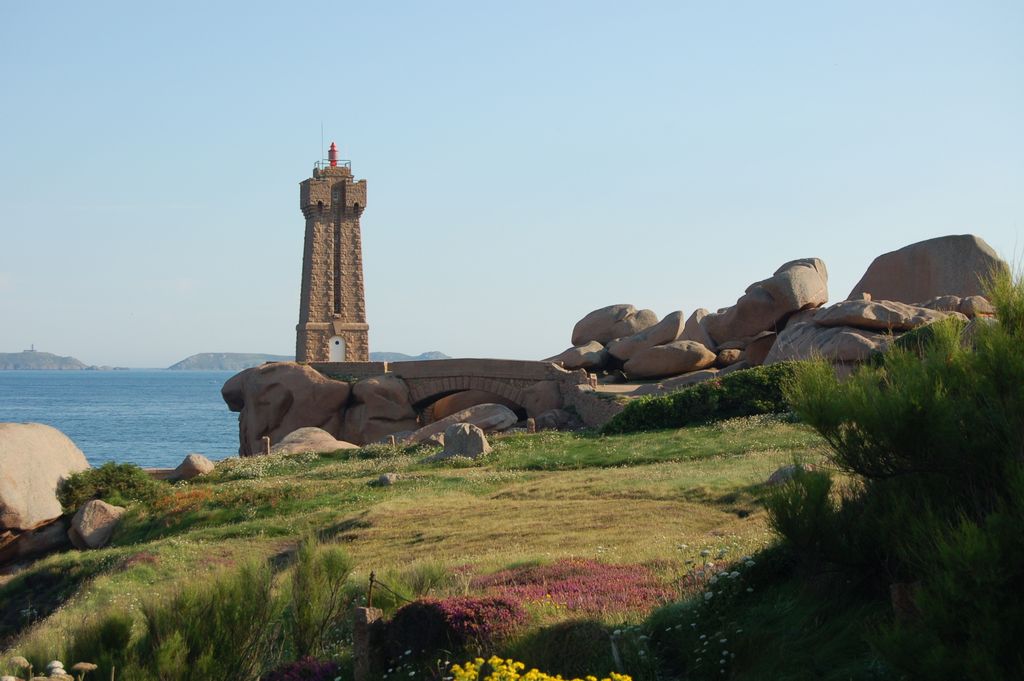
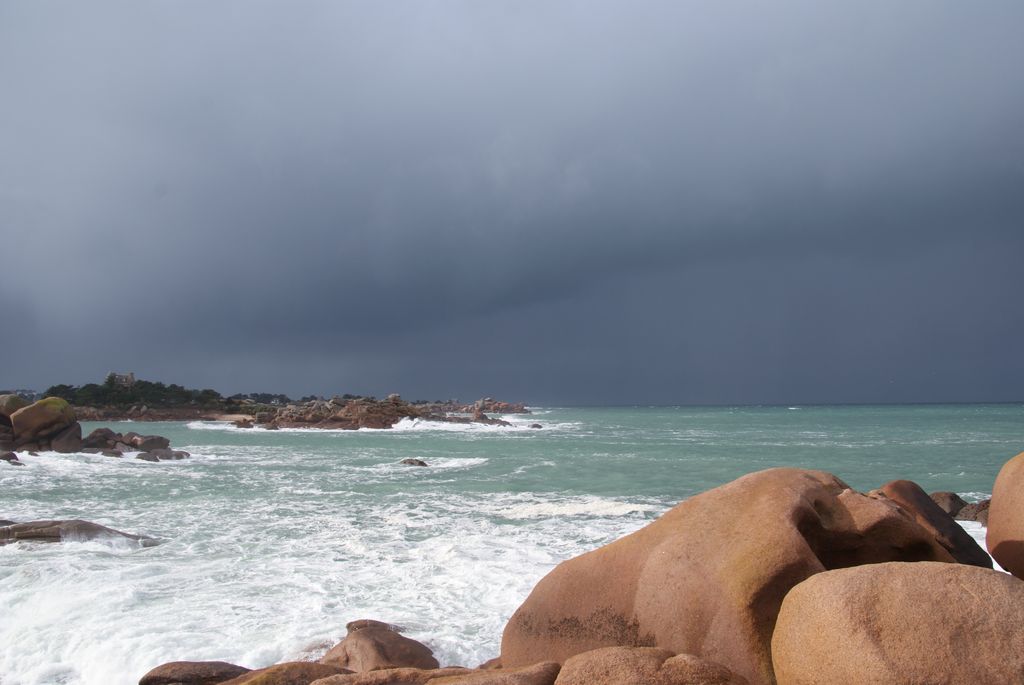

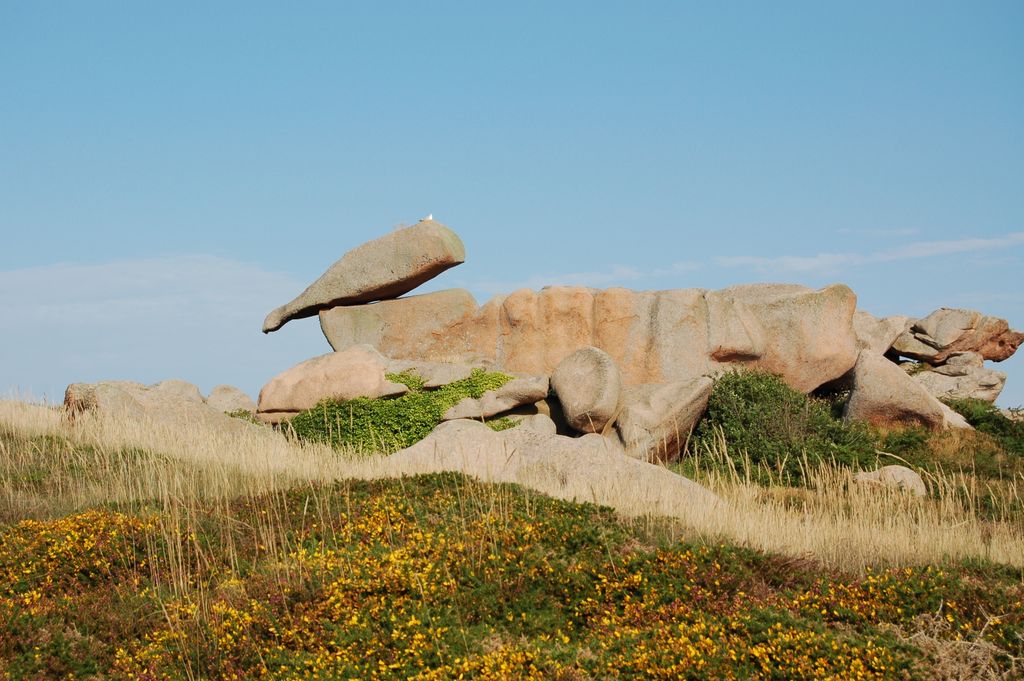

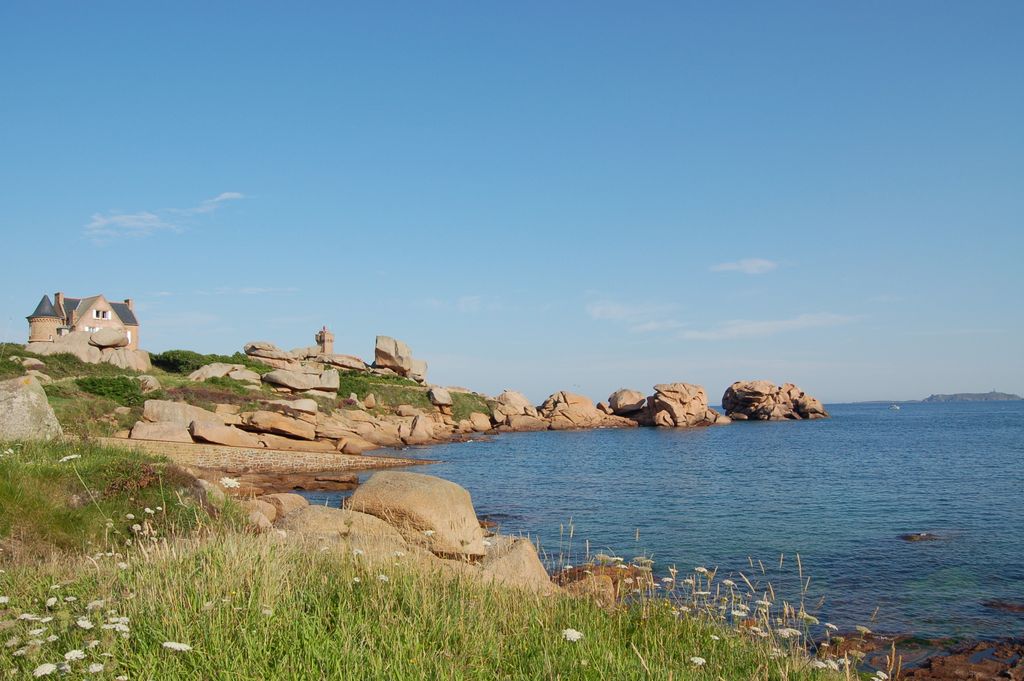


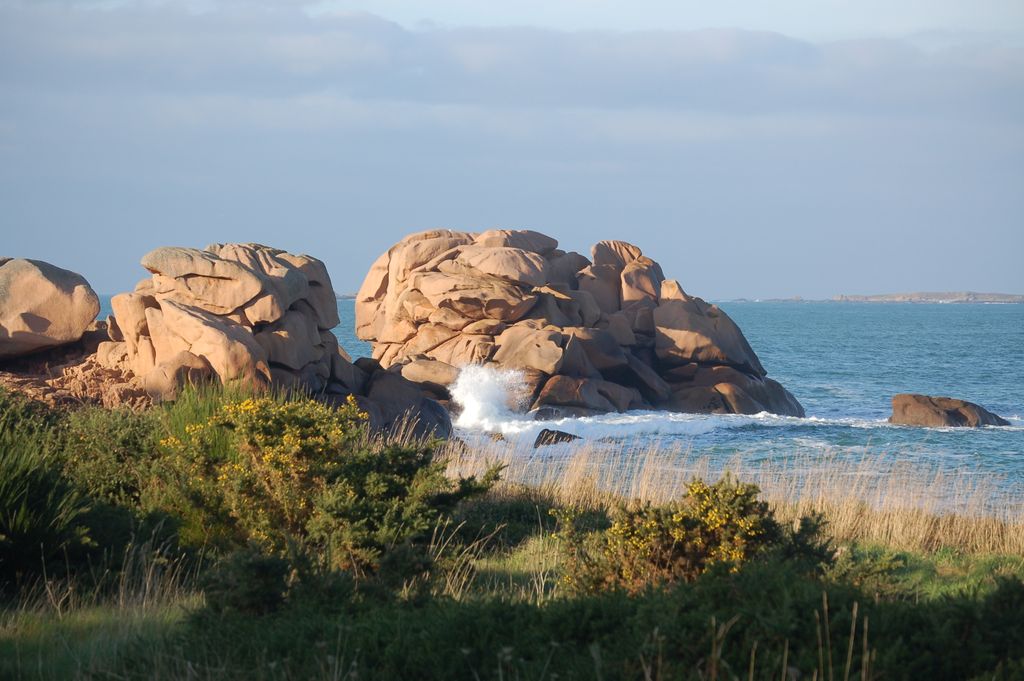
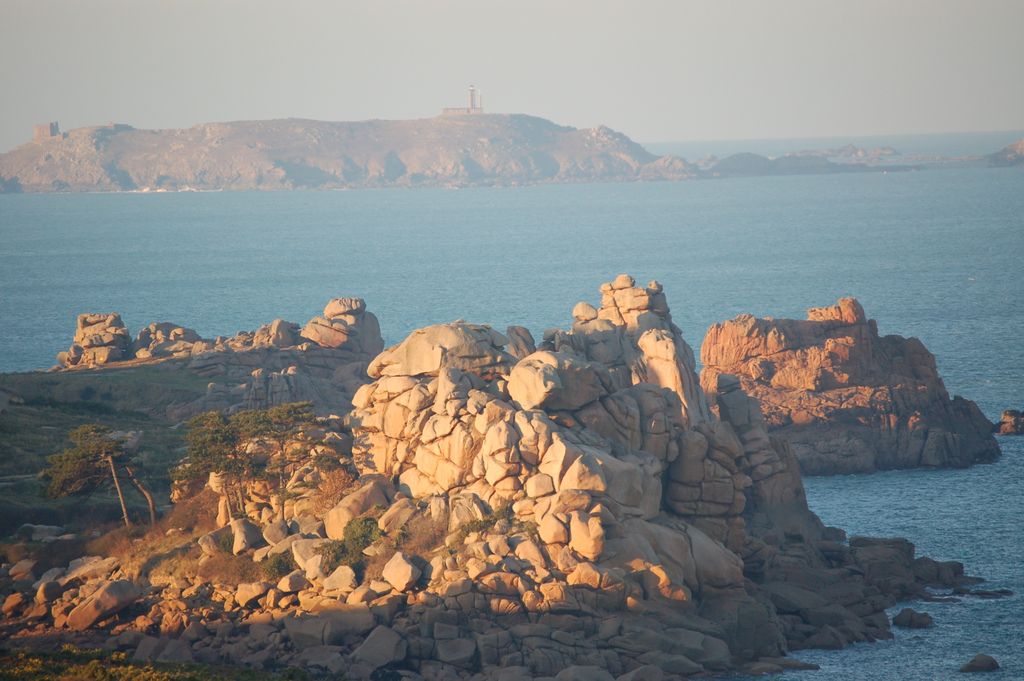
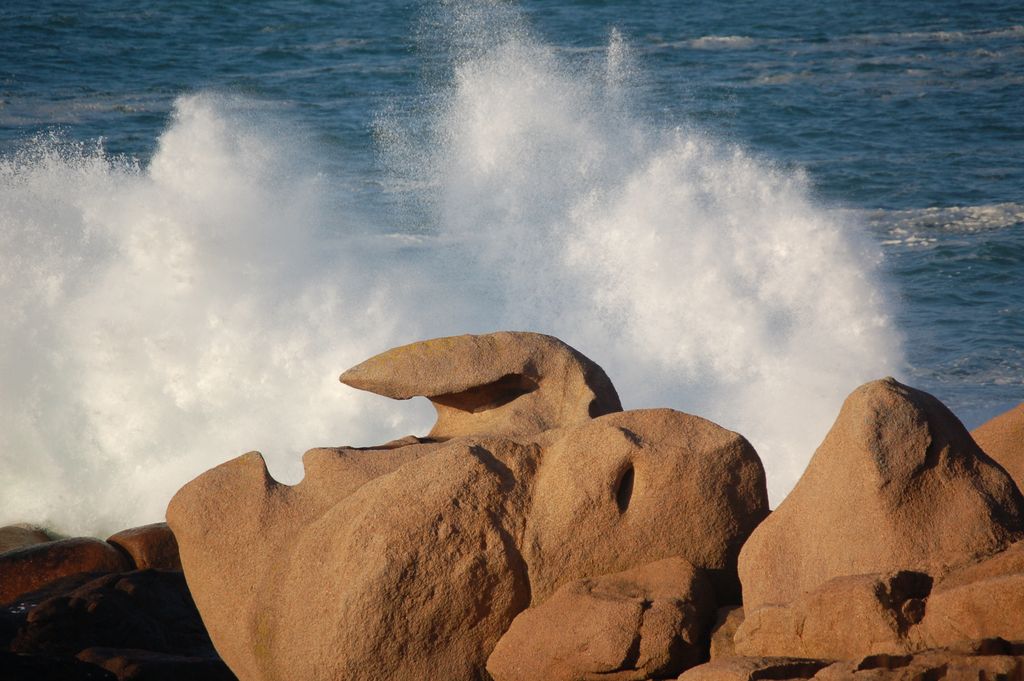

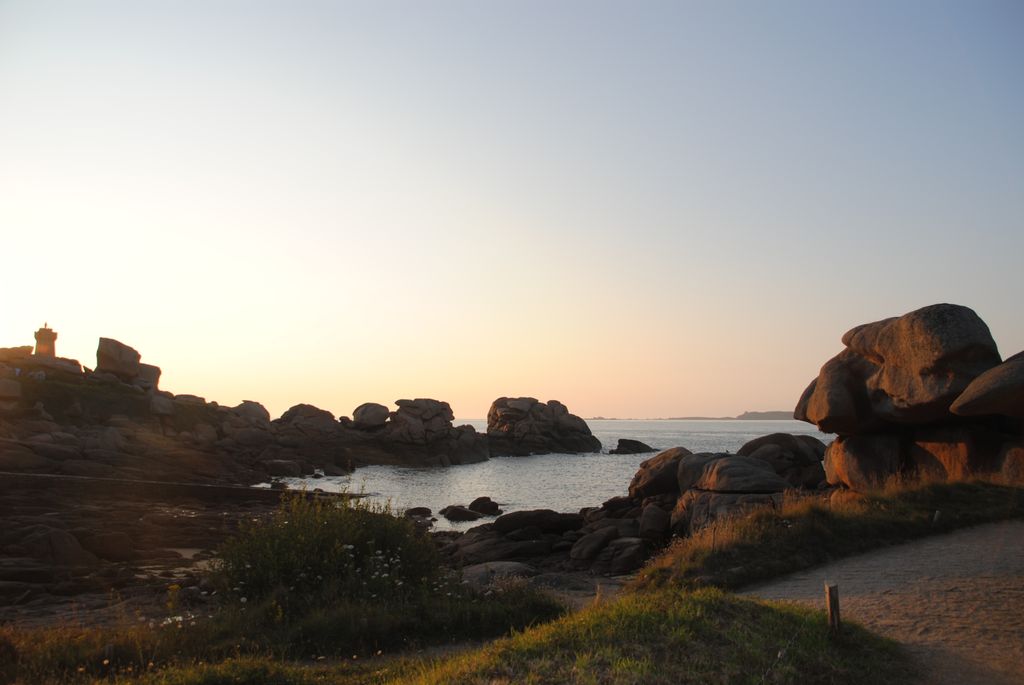
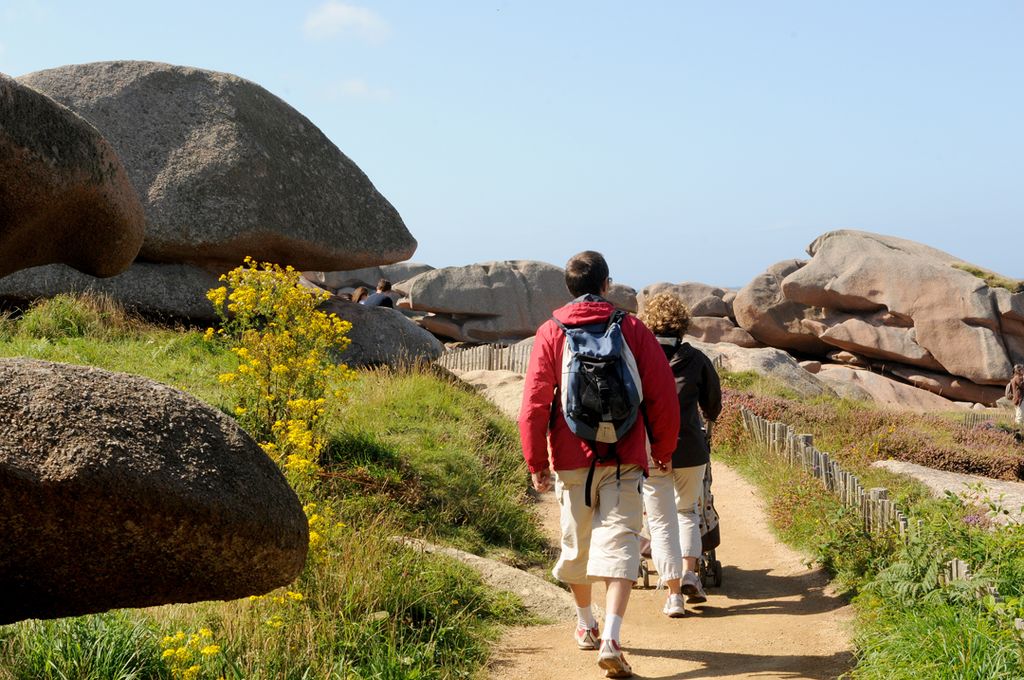

About
The pink granite lighthouse stands in the middle of the chaotic rock formations formed by the erosion of cooled magma then shaped by the rain, salty sea spray and wind. Its name, "phare de Mean Ruz", comes from the Breton "Men Ruz", meaning pink stone. The construction of the lighthouse was the result of a petition in 1856 by the residents of Perros-Guirec and Trégastel. Blown up with dynamite by German troops before their surrender in August 1944, the building has not always looked like it does today. Pink granite was used to rebuild the lighthouse in 1948, replacing the grey granite originally used in 1860. The lighthouse was automated in 1980.
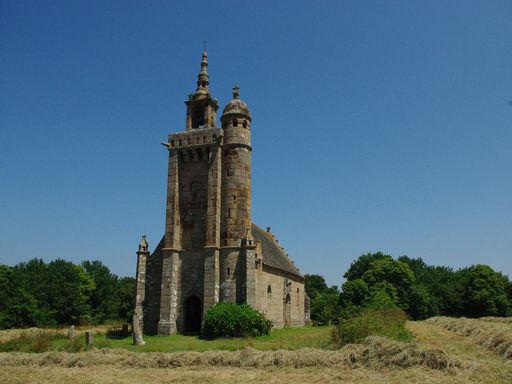

St Samson
Pleumeur-Bodou
Be sure to visit the rural hamlet of Saint-Samson, a quiet spot in the country with a chapel, a menhir and a fountain. The chapel, constructed between 1575 and 1631, is a superb example of the...  See
See
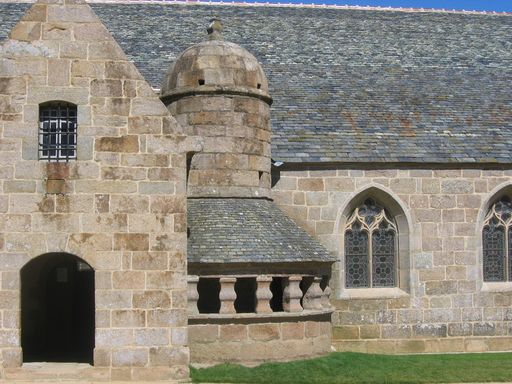

The Village
Trégastel
This church was built in several stages. The original building, dating back to between the twelfth and thirteenth centuries, was modified several times over the centuries. In the seventeenth century,...  See
See


Turquet de Beauregard viewpoint
Perros-Guirec
If you visit this spot at low tide, you will be able to see two types of rocks juxtaposed. The gneiss of Trébeurden is the older rock as it goes back more than two billion years. It is recognisable...  See
See


Île Renote
Trégastel
Formerly an island, Île Renote was joined to the mainland in 1895 by construction of a road, forming a peninsula. It has an exceptional geological and human history. Inhabited for 5,000 years, it...  See
See



